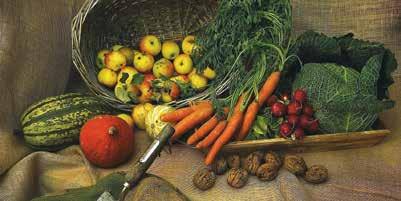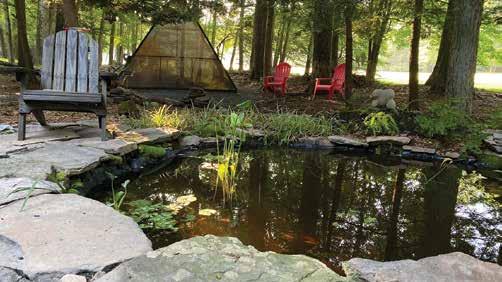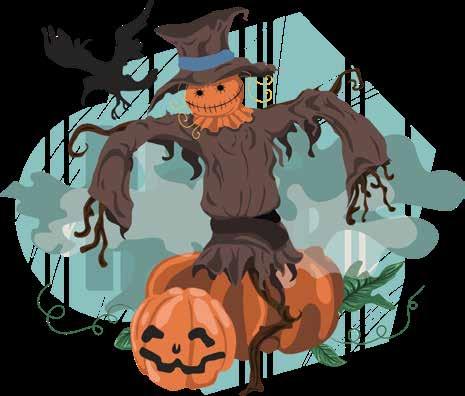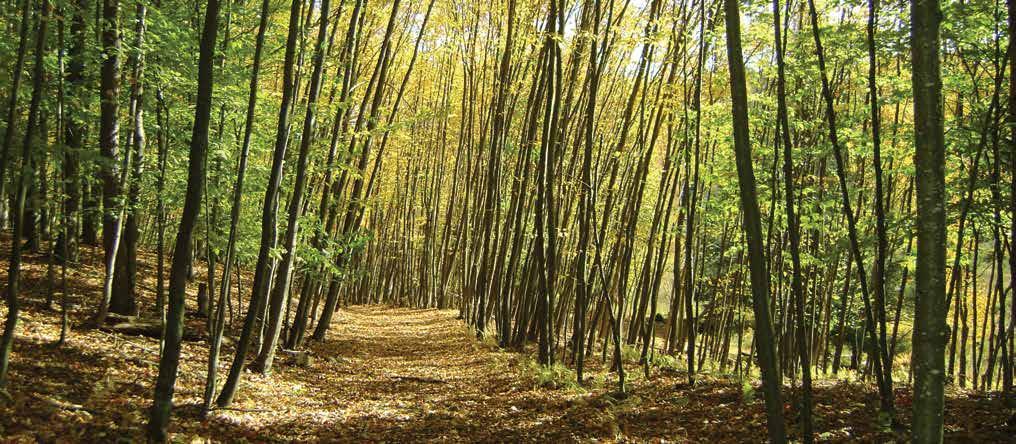BOO!
By E. Muller
Halloween is an ancient holiday that began over 2,ooo years ago in what is now Ireland, Britain and northern France. It was originally called Samhain and was a day that marked the end of the Celtic harvest season. The Celts believed that October 31st was a kind of border between the world of the living and the world of the dead and was therefore a day when those who died could return to the world of the living. To scare away the spirits of the dead, the Celts would wear costumes made from animal skins and make large bonfires. When Christianity gained a foothold in Europe during the 600s, Pope Boniface IV named November 1st All Saints Day to honor martyrs and saints. All Saints Day, All-Hallowmas, and the Roman festival Feralia are said to have evolved into what we now call Halloween. Halloween is celebrated in the US, the UK, Ireland and Canada.
In New England, Halloween wasn’t very popular at first. The strict Protestant faith did not align itself with what was believed to be a “pagan” holiday. But as various European immigrants and Native Americans co-mingled, a very American Halloween evolved. Still, Halloween was not celebrated across the US until the late 1800s when Irish immigrants helped popularize the celebration of Halloween.
We all enjoy carving and lighting pumpkins, trick-or-treating, dressing up and telling ghost stories on Halloween. Where did some of these traditions come from?
Merriam Webster defines jack o’ lantern this way: The term jack o’ lantern has been used in American English to describe a lantern made from a hollowed out pumpkin since the 19th century, but the term originated in 17th century Britain, where it was used to refer to a man with a lantern or to a night watchman. At that time, the British often called men whose names they didn’t know by a common name like Jack. Thus, an unknown man carrying a lantern was sometimes called “Jack with the lantern” or “Jack of the lantern.” But how did the name jack o’ lantern come to be used for a carve-out pumpkin? No one is certain, but there are many theories.
One theory has to do with an Irish myth about “Stingy Jack”. Stingy Jack invited the Devil to have a drink with him, but rather than pay for the drink, Jack convinced the Devil to turn himself into a coin which he would use to buy their drinks. Jack decided to keep the coin for himself, next to a sliver cross in his pocket, which prevented the Devil from changing back to his original form. Jack eventually freed the Devil only to trick the Devil again a year later. After Jack died, God would not allow Jack into Heaven. The Devil didn’t want Jack in Hell either, so Jack was doomed to walk the Earth with only a piece of burning coal in a carved-out turnip to light his way during the dark nights. The Irish called “Stingy jack” “Jack of the Lantern”, or “Jack O’Lantern”.
Perhaps in America we carve pumpkins because they were native to the US, are plentiful and fairly easy to carve. Turnips and other root vegetables such as potatoes, which were carved with grotesque faces in Europe to ward off evil spirits, were eventually replaced by immigrants with easy-to-find, easy-to-carve pumpkins. Trick-or-treating began in Europe with a tradition of poor people visiting the homes of the wealthy to receive pastries (called soul cakes) in exchange for prayers being said for the souls of the homeowners’ deceased loved ones. The practice of “souling” was later adopted by children who would go door to door asking for food, money and ale. In other parts of Europe, the practice of “guising” was done by youngsters who would don costumes and ask for treats after reciting poems, singing or telling a joke.
We owe the custom of trick-or-treating to our immigrant ancestors who brought the practice over with them. In the early part of the last century, Scottish and Irish people took up souling and guising; by the 1920s “trick-or-treating” became an activity relegated to children here in the States. What will your new traditions be this year? We’d love to hear how you and your family celebrated this year’s Covid Halloween! We hope everyone has a happy, healthy and safe Halloween! PAGE 10
TANGLWOOD LAKES | OCTOBER/NOVEMBER 2020












